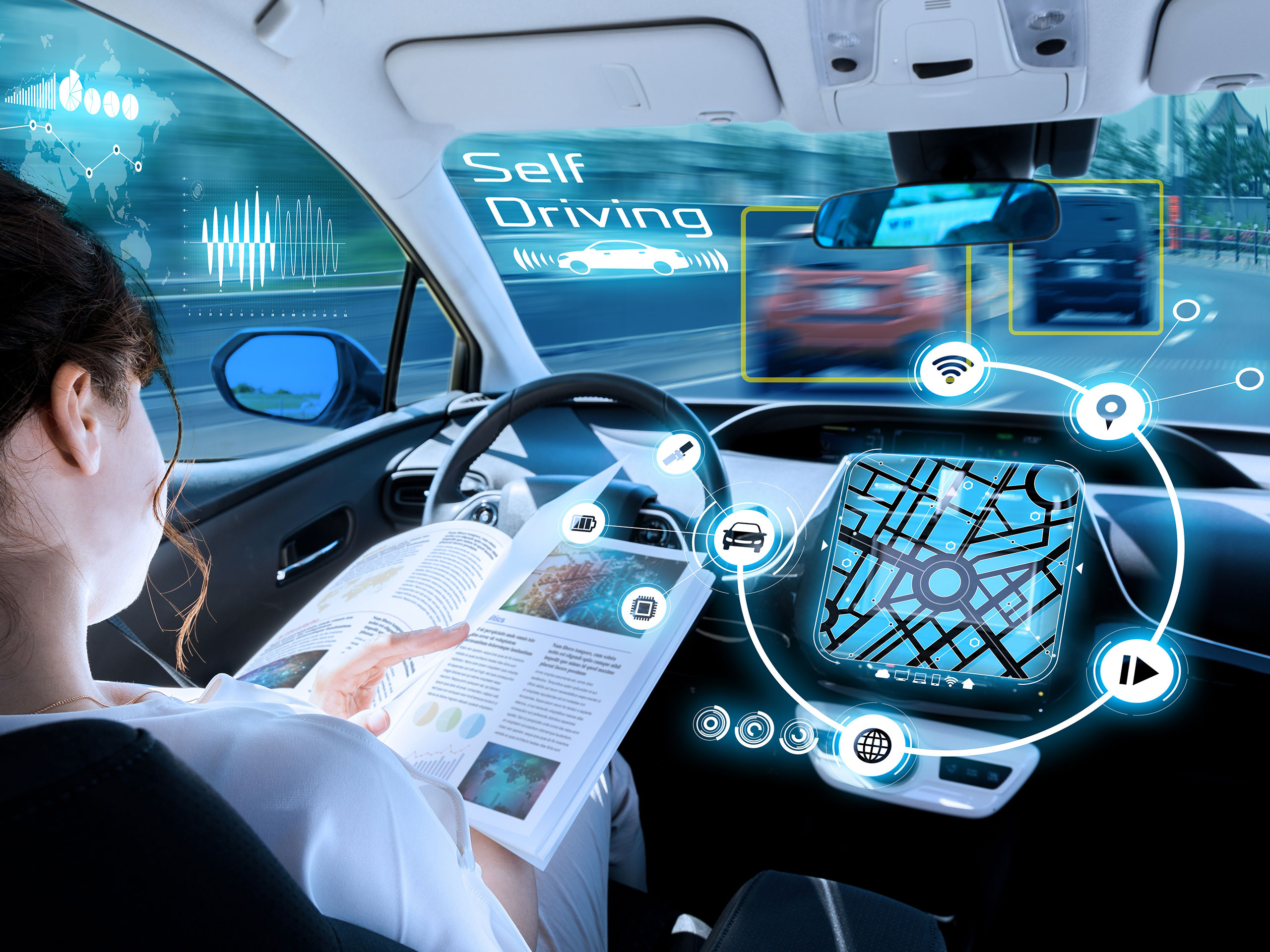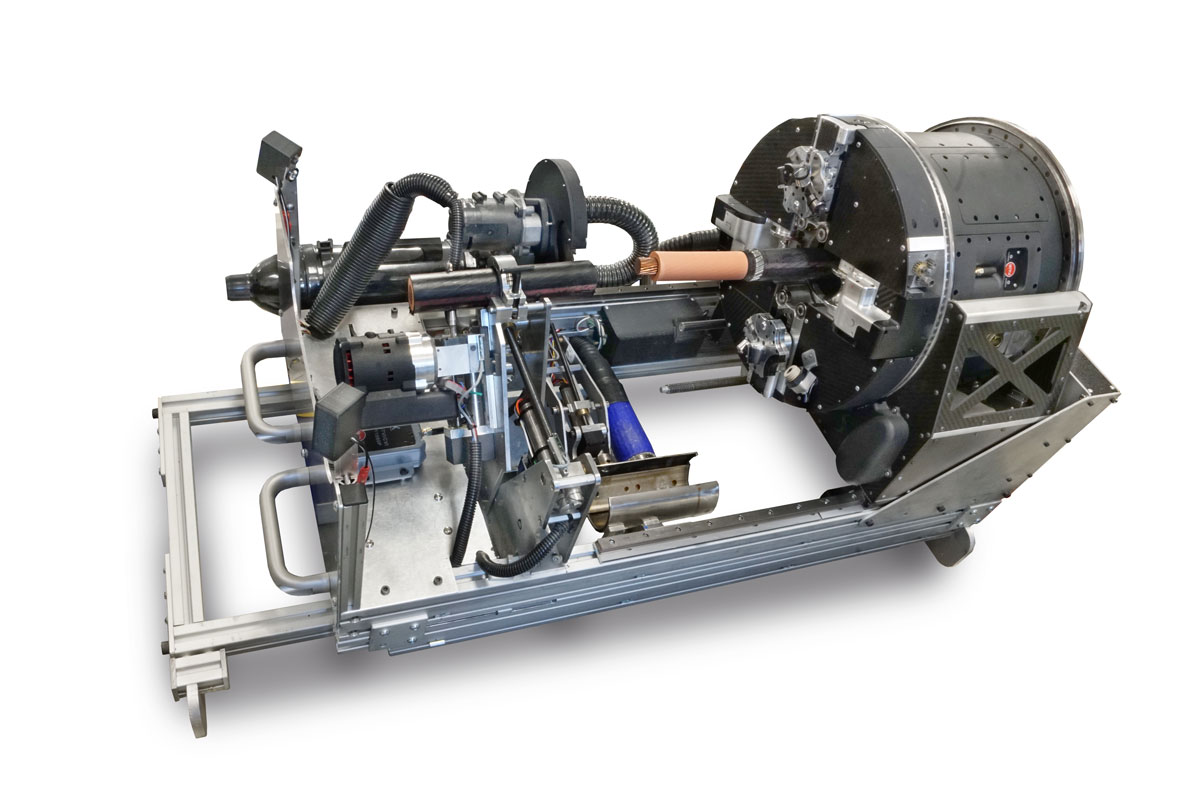Researchers at EPFL and JTEKT have developed an innovative automated driving system based on the concept of "shared driving," aiming to improve driving safety, efficiency, and comfort by encouraging active interaction between autonomous vehicles and drivers. The current market offers either manual or automated cars, with no clear way to make them truly collaborative, leading to an over-reliance on automation and potential dangers.
To address this issue, researchers from EPFL's Applied Mechanical Design Lab and Japanese steering systems supplier JTEKT Corporation have developed and successfully tested a haptic-based automated driving system that integrates various Human-Robot Interaction (HRI) modes. This research focuses on the idea that automated systems should adapt to people, not the other way around.
The new system, described in the journal Nature Communications Engineering, is designed to be open to negotiation with the driver, similar to how a rider communicates with a horse through the reins. Unlike existing automated driving systems, this approach integrates information from a car's steering column and encourages constant interaction between the driver and the automation.
The explorer system achieves this through three functions: interaction, arbitration, and inclusion. It distinguishes four different types of HRI: cooperation, joint activity, joint work, and competition. Depending on the changing traffic situation, the system adjusts or switches between different modes of interaction, such as switching from cooperation mode to competition mode to avoid a sudden threat of collision.
Field trials were conducted with five drivers at the JTEKT proving ground in Japan's Mie Prefecture, connecting the explorer system to a standard sedan via an external controller. The researchers tested the driver's experience of smooth handling and ease of lane change, confirming the system's significant potential to improve driver comfort and reduce driver effort through collaborative control.
As the world of automated driving continues to evolve, the development of collaborative systems like this one opens new opportunities for robot jobs and robot workers in the automotive industry. By hiring robots to work alongside human drivers, we can create a safer, more efficient, and more comfortable driving experience for everyone on the road.


















